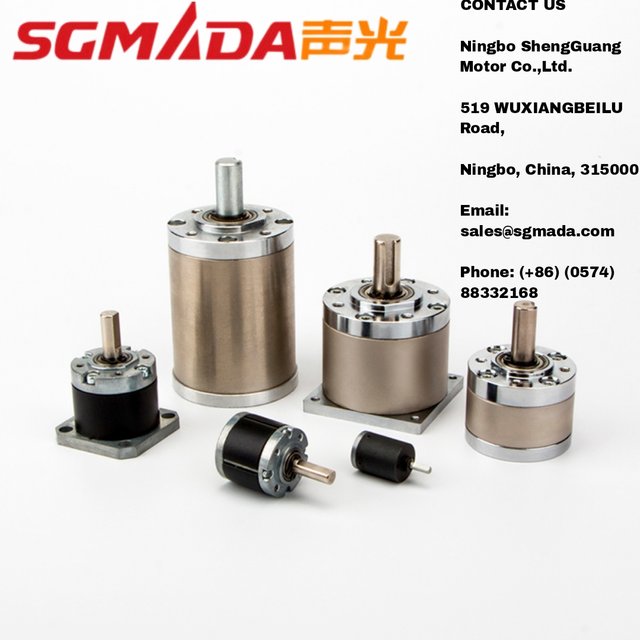Comparing Worm Gear Motors to Other Gear Types: Pros and Cons
Introduction
Source :- https://sggearbox.com/dc-motor-dc-geared-motor/dc-gear-motor/
Gears are vital components in various mechanical systems, providing the necessary torque and speed conversion for diverse applications. Different gear types offer distinct advantages and drawbacks. In this article, we delve into the pros and cons of worm gear motors compared to other gear types, shedding light on their suitability for different industrial scenarios.
Worm Gear Motors
Pros:
- High Torque at Low Speeds: Worm gear motors excel at providing high torque outputs at low speeds, making them ideal for applications requiring controlled motion and heavy loads.
- Compact Design: The perpendicular shaft arrangement of worm gear motors allows for a compact design, making them suitable for constrained spaces.
- Self-Locking: The inherent self-locking feature of worm gear motors prevents backdriving, offering mechanical holding capability without external brakes.

Cons:
- Efficiency: Worm gear motors tend to have lower efficiency due to sliding contact, resulting in energy losses and heat generation.
- Backlash: Backlash can be an issue, affecting precision in applications that require accurate positioning.
- Spur Gear Motors
Pros:
- Efficiency: Spur gear motors offer higher efficiency compared to worm gear motors, as they have less sliding friction during engagement.
- Simple Design: The straightforward design of spur gears makes them easy to manufacture and maintain.
- Compact and In-Line Arrangement: Spur gear systems can be designed in compact in-line arrangements, allowing for versatile applications.
Cons:
- Limited Torque and Speed Range: Spur gears are generally not suitable for applications requiring high torque at low speeds.
- Noise and Vibration: The direct engagement of spur gears can lead to higher noise levels and vibration.
- Helical Gear Motors
Pros:
- Higher Efficiency: Helical gears provide higher efficiency compared to spur gears due to their smoother engagement.
- Increased Load Distribution: The helical angle spreads the load over more gear teeth, reducing wear and enhancing durability.
-Cons:
- Axial Thrust: Helical gears generate axial thrust forces, necessitating thrust bearings and careful design to handle these forces.
- Complex Manufacturing: The helix angle requires more intricate manufacturing processes, potentially increasing production costs.
- Bevel Gear Motors
Pros:
- Changing Shaft Direction: Bevel gears are used to change the direction of power transmission between non-parallel shafts.
- Versatile Configurations: Bevel gears can be designed in various configurations, including straight, spiral, and hypoid, to suit different applications.
Cons:
- Efficiency: Depending on the design, bevel gears may exhibit lower efficiency due to sliding contact and increased friction.
- Complex Design and Alignment: The design and alignment of bevel gears can be complex, requiring precision to ensure smooth operation.
https://sggearbox.com/dc-motor-dc-geared-motor/dc-gear-motor/
Conclusion
Each gear type has its own set of advantages and disadvantages, making them suitable for specific applications based on torque, speed requirements, space constraints, and other factors. Worm gear motors shine in applications that demand high torque at low speeds and where self-locking capabilities are valuable. While other gear types like spur, helical, and bevel gears offer their own benefits, understanding their strengths and weaknesses is crucial for selecting the most suitable gear type for a given application.